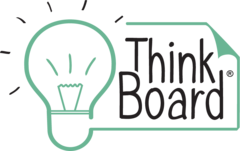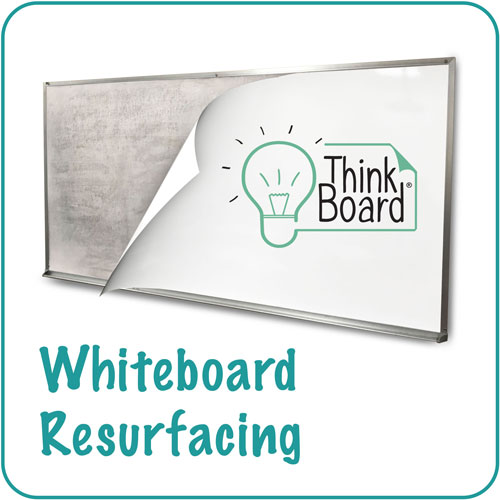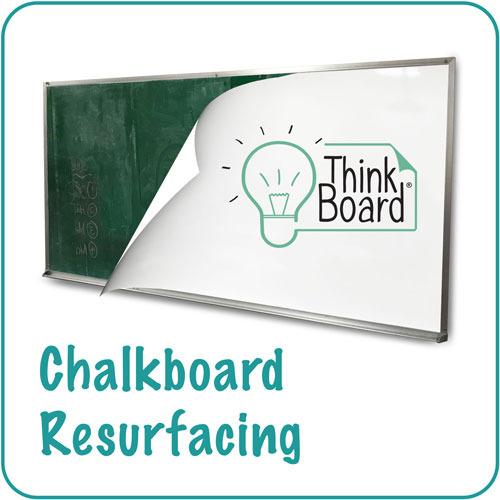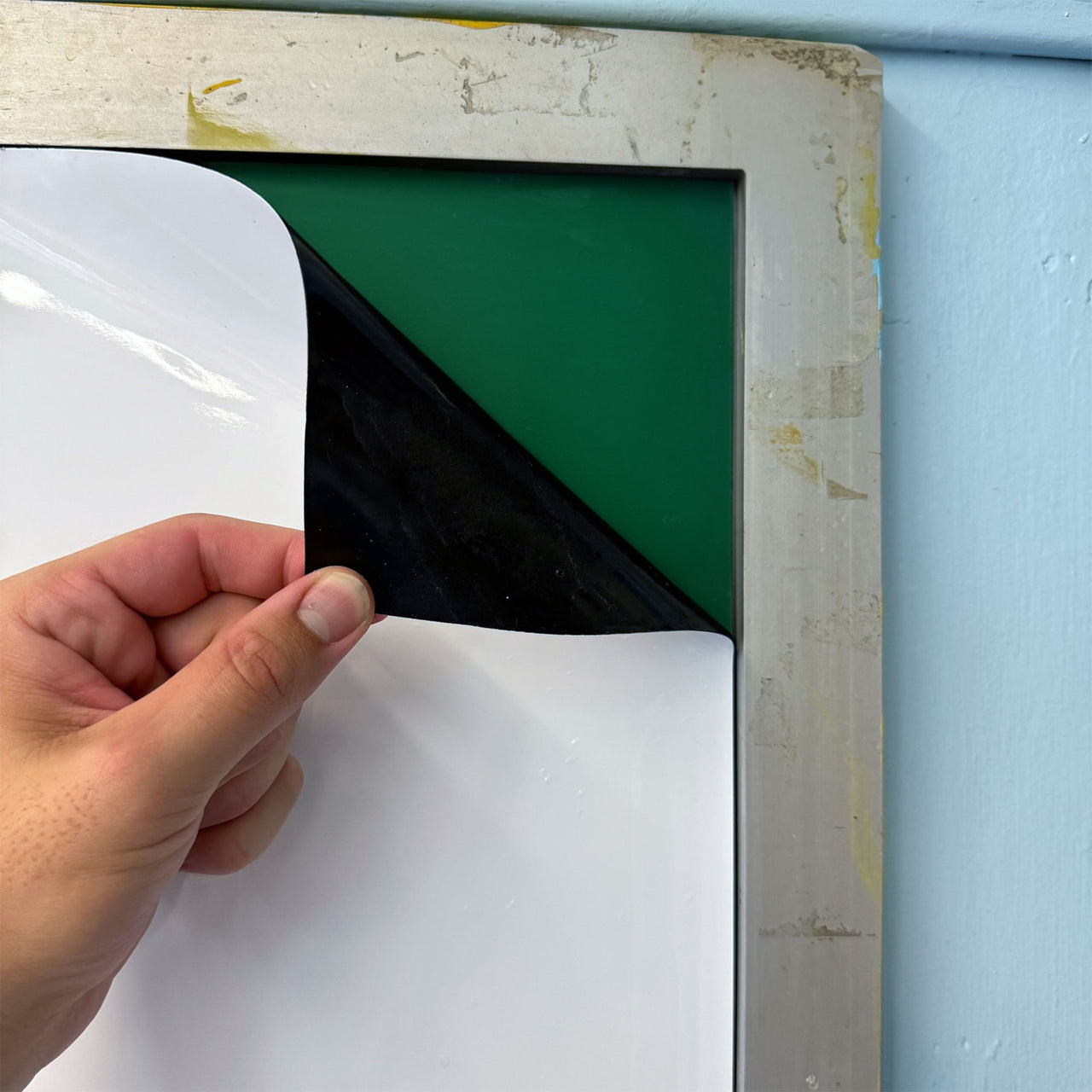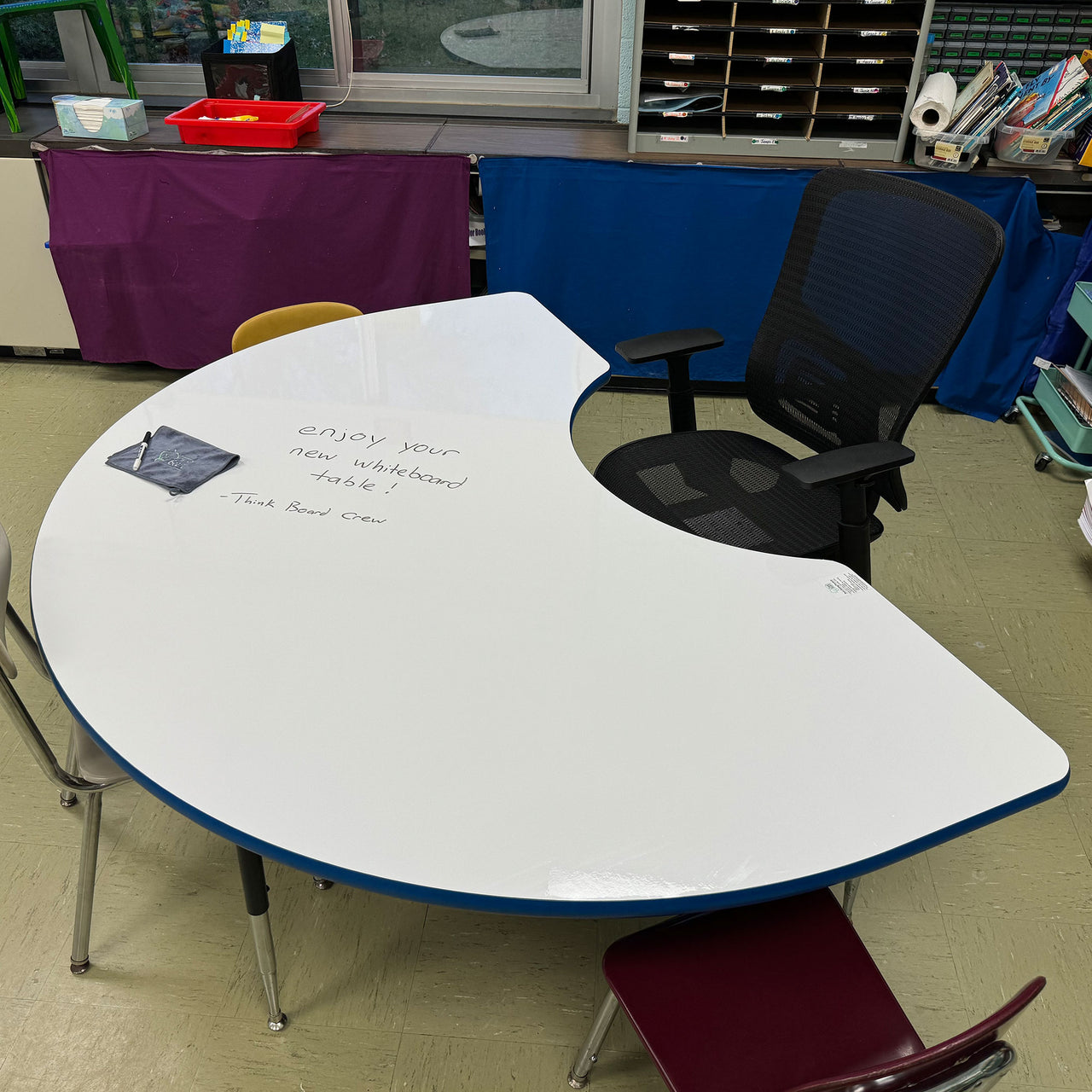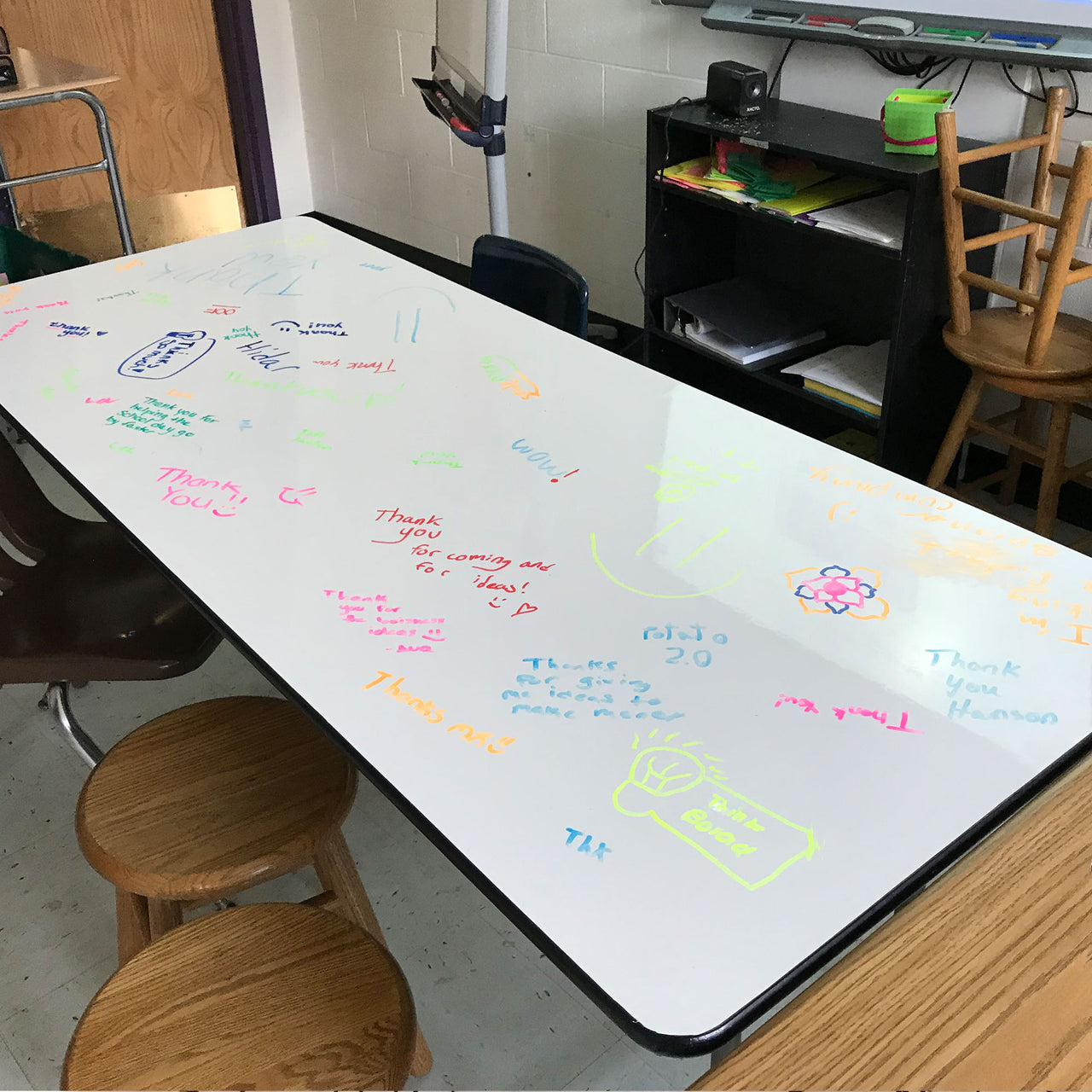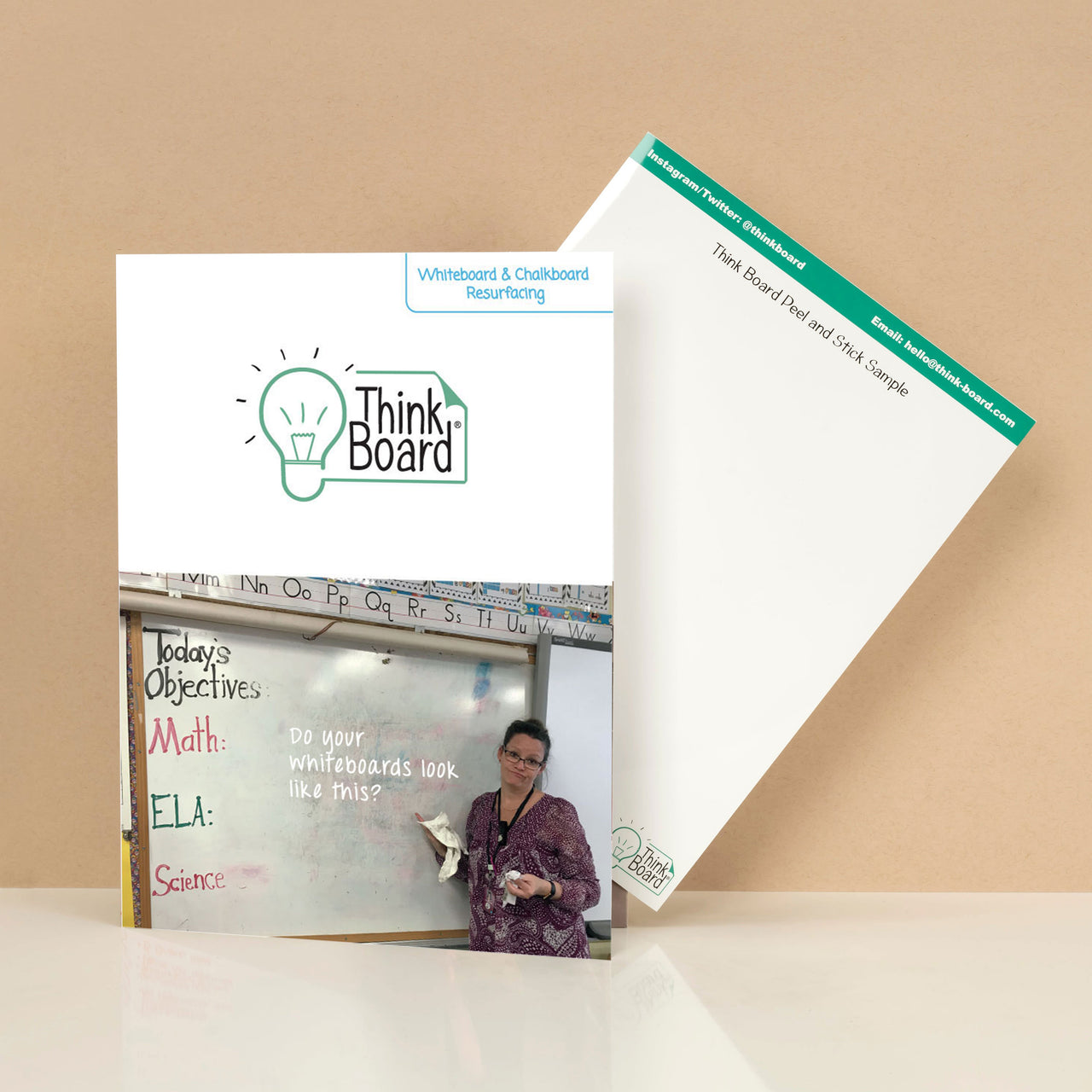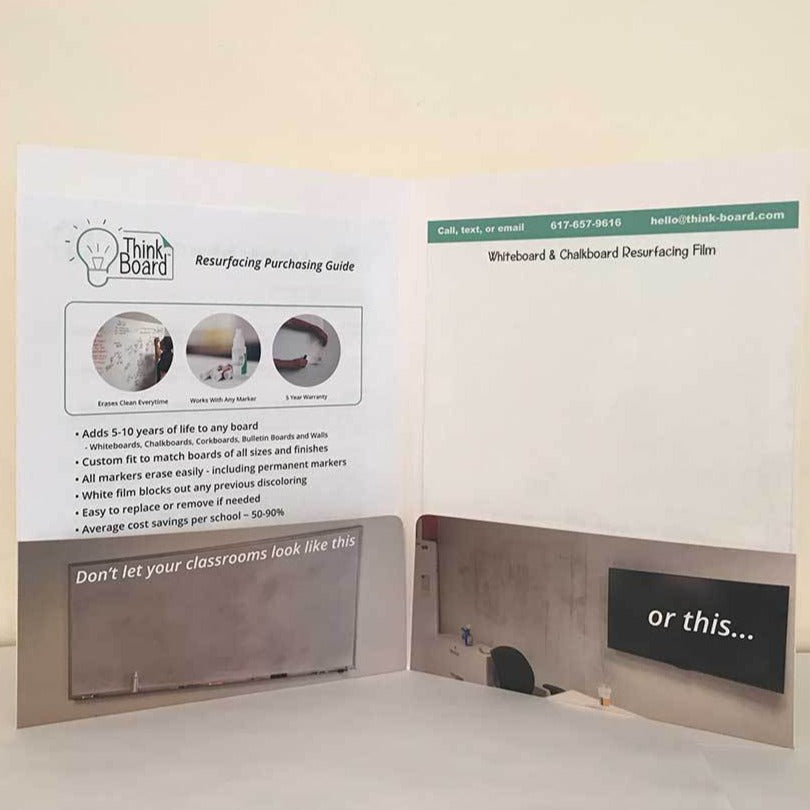How to Improve Your Memory for Studying with Think Board
Whether you're preparing for a big exam, trying to retain vocabulary in a new language, or helping students understand complex topics, memory plays a crucial role in the learning process. At Think Board, we believe that with the right tools and techniques, anyone can improve their memory and retain more of what they learn.
In this post, we’ll explore proven memory-boosting strategies — and how to apply them using Think Board products to make studying more visual, active, and effective.
Why Memory Matters in Learning
Before you can apply what you’ve learned, you have to remember it. Memory is the foundation of understanding — it connects new knowledge to what you already know, helping ideas stick and build over time. But memorization doesn’t have to mean endless repetition or flashcards.
With the right approach, you can train your brain to retain more in less time — and Think Board makes it easy to bring these strategies to life.
6 Memory Techniques That Work — and How to Use Them with Think Board
1. Spaced Repetition
Tip: Instead of cramming, review material at gradually increasing intervals.
How to use Think Board:
- Draw a weekly calendar on your board and plan review sessions for specific topics.
- Use color-coded symbols (🔁 for review, ✅ for mastered) to track your progress.
Pro tip: Write the same key concepts in new words each time you review — it boosts retention!

2. The Memory Palace
Tip: Place information in imaginary locations within a familiar setting.
How to use Think Board:
- Sketch your “palace” on your Think Board: maybe your house, classroom, or a favorite park.
- In each room, draw or write what you want to remember (e.g., math formulas in the kitchen, vocab words in the hallway).

3. Mind Mapping
Tip: Organize complex ideas visually by connecting related concepts.
How to use Think Board:
- Use a large Think Board wall to map out a topic like “Cell Biology” or “World War II.”
- Start with a central idea in the middle and branch out with keywords, doodles, and color-coded paths.

4. Chunking
Tip: Break down big topics into smaller, digestible “chunks.”
How to use Think Board:
- Use columns or boxes to group related ideas (e.g., grouping vocabulary by theme, or math steps by type).
- Visually separate information with different colors or sections on your board.

5. Retrieval Practice
Tip: Instead of rereading, actively recall information without notes.
How to use Think Board:
- Write questions at the top of your Think Board. Cover the answers and test yourself regularly.
- After a study session, write everything you remember — then check it against your notes.

6. Mnemonics & Associations
Tip: Turn abstract info into memorable phrases, images, or stories.
How to use Think Board:
- Create acronyms (like PEMDAS or ROYGBIV) and draw visuals next to them.
- Come up with silly stories or cartoon doodles to connect facts with humor and emotion.

For Teachers: Reinforcing Memory Techniques in the Classroom
- Start Class with a Quick Recall: Have students write yesterday’s main takeaway on the Think Board before you begin.
- Use “Think-Pair-Board”: Let students write down answers, discuss with a partner, then share on the board.
- Track Progress Visually: Create class memory maps that evolve week to week.
When students are involved in the process — drawing, explaining, and connecting ideas — they remember more.
Final Thoughts: Make It Stick with Think Board
Improving your memory doesn’t require a photographic brain — just a smart strategy and the right tools. By turning your walls, desks, and classrooms into visual memory machines, Think Board helps you reinforce the ideas that matter most.
Want to set up your own memory-boosting space?
👉 Check out our best products for students and teachers here.
